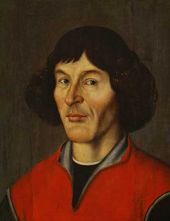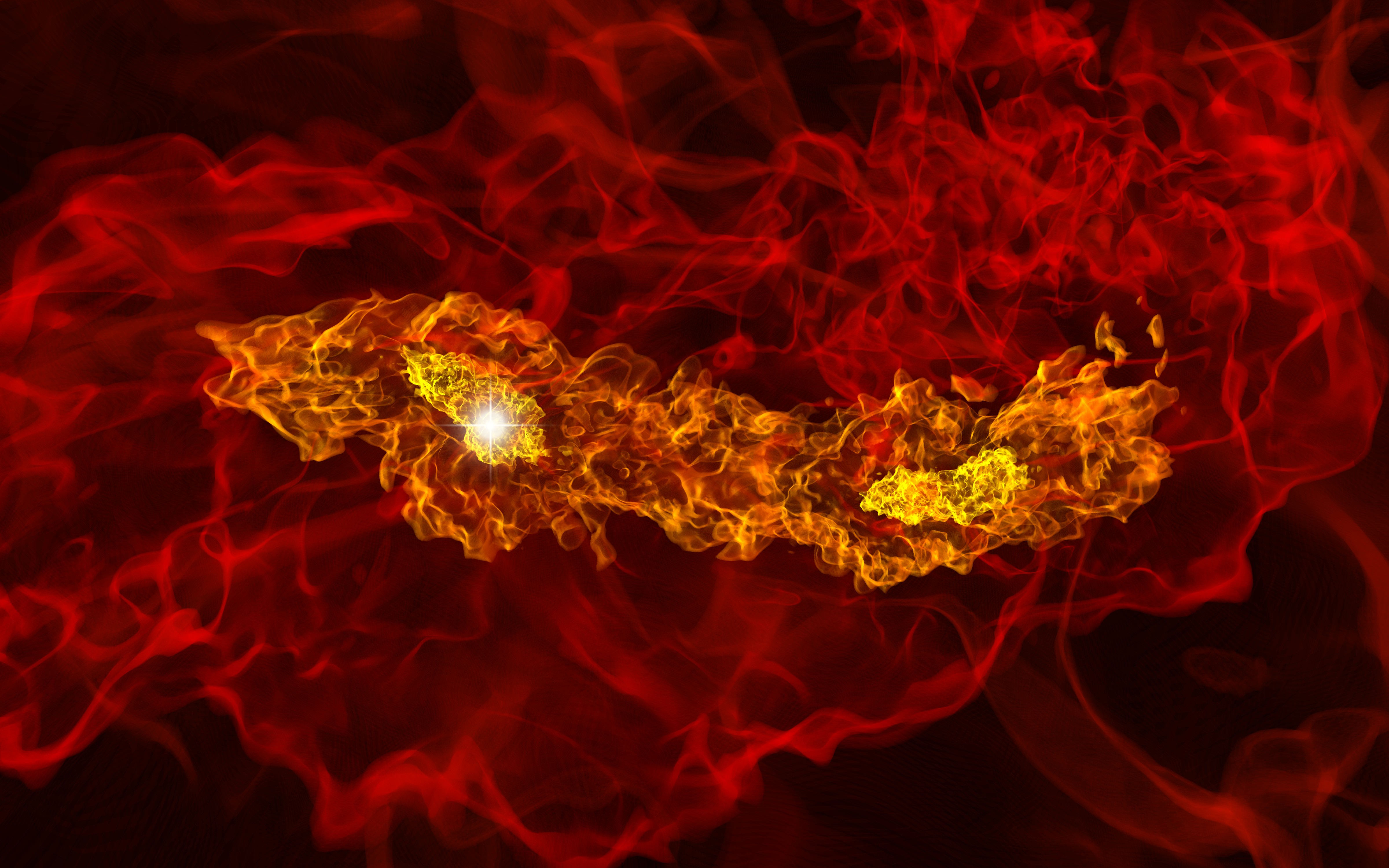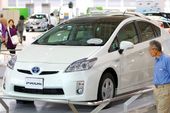OF THE
TIMES




Since it started developing the gas-electric Prius more than a decade ago, Toyota has kept its attorneys just as busy as its engineers, meticulously filing for patents on more than 2,000 systems and components for its best-selling hybrid. Its third-generation Prius, which hit showrooms in May, accounts for about half of those patents alone.
Toyota's goal: to make it difficult for other auto makers to develop their own hybrids without seeking licensing from Toyota, as Ford Motor Co. already did to make its Escape hybrid and Nissan Motor Co. has for its Altima hybrid.